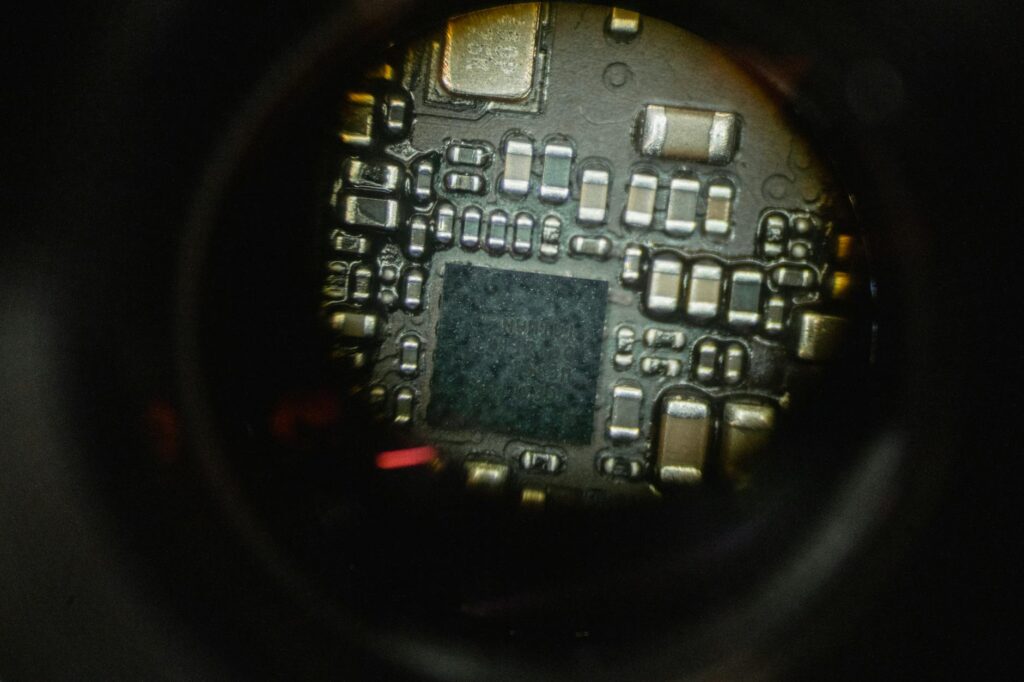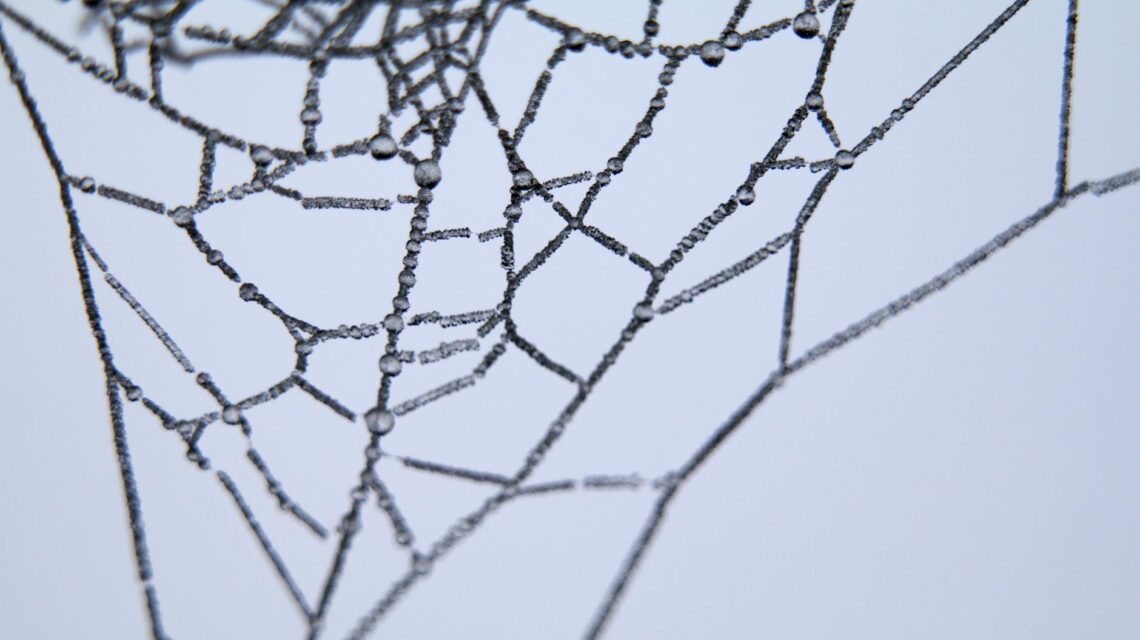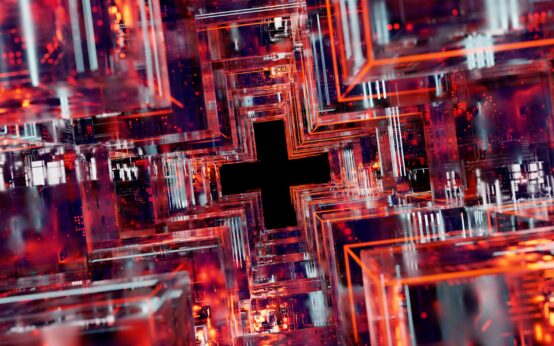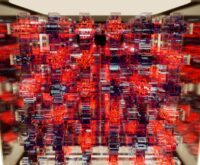The Brains Behind the Buzz: A No-Nonsense Guide to Understanding Neural Networks
Ever wonder how your phone instantly recognizes your face? Or how Netflix just *knows* you’d love that obscure documentary about competitive cheese rolling? It feels like magic, but it’s not. It’s math. Specifically, it’s the elegant, complex, and fascinating math of artificial neural networks. If you’ve ever heard the term and pictured glowing robot brains from a sci-fi movie, you’re not alone. The goal here is to pull back the curtain. We’re going to get a real handle on understanding neural networks, without needing a Ph.D. in computer science. This is the stuff that powers so much of our modern world, and it’s way more intuitive than you think.
Key Takeaways
- Neural networks are computing systems inspired by the structure of the human brain, designed to recognize patterns in data.
- They are built from layers of interconnected ‘neurons’ or nodes, each performing a simple calculation.
- The network ‘learns’ by processing vast amounts of example data and adjusting its internal connections (a process called training) to improve its accuracy.
- This learning process, often using a technique called backpropagation, allows them to perform complex tasks like image recognition, language translation, and prediction.
So, What Exactly Is a Neural Network? The Brain Analogy
Let’s start with the original inspiration: your brain. Your brain is a massive network of billions of neurons, all chattering away, passing signals to each other. A single neuron is pretty dumb on its own. But connect billions of them in the right way, and you get… well, *you*. You get consciousness, creativity, and the ability to distinguish a cat from a dog.
Artificial neural networks (ANNs) are a simplified version of this. They aren’t conscious. They don’t *think*. They are, at their core, pattern-recognition machines. Think of them less like a full brain and more like a highly specialized part of the visual cortex that only does one thing: identify patterns. They consist of interconnected processing units called nodes or neurons, organized into layers.

The Building Blocks: Neurons, Layers, and Connections
To really get it, you have to look at the parts. A neural network isn’t one single thing; it’s a structure made of a few key components. Once you understand these, the whole picture becomes a lot clearer.
The Humble Neuron (or Node)
An artificial neuron isn’t a biological cell. It’s just a little container for a number. That’s it. It receives inputs from other neurons, does a very simple bit of math on them, and then passes its result onward.
Imagine a neuron’s job is to decide if a concert is worth going to. It might receive a few inputs:
- Input 1: How good is the band? (A number from 0 to 1)
- Input 2: Is the weather good? (A number from 0 to 1)
- Input 3: Are my friends going? (A number from 0 to 1)
Each of these inputs has a ‘weight’—a measure of its importance. Maybe your friends’ attendance is really important to you, so that gets a high weight. The band’s quality matters, but less, so it gets a medium weight. The neuron adds up all these weighted inputs. If the total sum crosses a certain threshold, the neuron ‘fires’ and passes a signal (like ‘Yes, go!’) to the next neuron in the chain. If not, it stays quiet. Every neuron in the network is constantly making these tiny, weighted decisions.
The Layers: An Assembly Line for Data
A single neuron is useless. The power comes from arranging them in layers. Almost every neural network has at least three types:
- The Input Layer: This is where the raw data enters the network. If you’re analyzing a picture of a cat, the input layer would have one neuron for every pixel in the image. For a 28×28 pixel image, that’s 784 input neurons, each holding the brightness value of a single pixel. It’s the network’s eyes.
- The Hidden Layer(s): This is where the magic happens. These are the layers between input and output. There can be one, or there can be hundreds (which is where the term ‘deep learning’ comes from). Each layer takes the output from the previous layer, looks for a specific pattern, and passes its findings on. The first hidden layer might just identify simple edges and curves from the pixels. The next layer might take those edges and curves and combine them to find shapes like ears, whiskers, and eyes. The next layer combines *those* to identify a feline face. Each layer gets progressively more abstract.
- The Output Layer: This is the final layer that gives you the answer. After all the processing in the hidden layers, the output layer might have just two neurons: one for ‘Cat’ and one for ‘Not Cat’. The neuron with the highest value wins, and that’s the network’s prediction.

How Do They Actually ‘Learn’? The Magic of Training
This is the most crucial part of understanding neural networks. A brand-new, untrained network is an idiot. It’s a jumble of random connections and weights. If you show it a picture of a cat, its output will be complete gibberish. It has to be *trained*.
Training is just a fancy word for ‘learning from examples’. Lots and lots of examples.
Step 1: Feed It Data
You start with a huge dataset. If you want to identify cats, you need thousands, maybe millions, of pictures. Crucially, each picture must be labeled. This is a cat. This is not a cat. This is a dog (not a cat). This is a car (not a cat). This is called supervised learning.
Step 2: The Guess and the ‘Loss’
You feed the first image—a cat—into the network. It ripples through the layers, and the network makes a guess. Because its weights are random, it might say with 70% confidence that it’s ‘Not a Cat’ and 30% confidence it’s a ‘Cat’.
This is obviously wrong. We then use something called a loss function (or cost function) to calculate exactly *how* wrong the network was. A big error results in a high loss score. A perfect guess would have a loss of zero.
Step 3: The Secret Sauce – Backpropagation
Here’s the genius part. The network takes that loss score—that measure of its failure—and sends it backward through the network. This process is called backpropagation. It’s like a manager walking back down the assembly line after a faulty product comes out.
The signal tells the output neurons, “You were very wrong!” Those neurons then turn to the neurons in the layer behind them and say, “Your contributions led to my mistake. You need to adjust.” This message propagates all the way back to the first hidden layer. Each neuron receives a tiny bit of blame and is told how to adjust its weights. The neurons that contributed most to the error are told to adjust their weights more significantly.
Imagine thousands of tiny knobs (the weights) inside the network. Backpropagation is the process of figuring out which direction to turn each of those knobs, just a tiny bit, to get a slightly better result next time.
You show it a cat. It guesses ‘dog’. You say ‘Wrong!’. Backpropagation tweaks the internal knobs. You show it another cat. It guesses ‘car’. You say ‘Wrong again!’. Backpropagation tweaks the knobs again. You do this a million times. Eventually, the knobs are tuned so perfectly that when you show it a cat, it confidently says ‘Cat’. It has learned the pattern.
A Few Different Flavors of Networks
Not all networks are built the same. Different architectures are designed for different tasks. While there are dozens, two are especially common:
- Convolutional Neural Networks (CNNs): These are the rockstars of image recognition. They have special layers that act like filters, scanning across an image to find specific features like edges, textures, and shapes, no matter where they appear in the image. This is how your phone’s photo app can find all the pictures of your dog.
- Recurrent Neural Networks (RNNs): These are designed to handle sequences of data, like text or speech. They have a kind of ‘memory’, allowing information from previous inputs to influence the current one. This is essential for understanding a sentence, where the meaning of a word depends on the words that came before it. This is the technology behind auto-complete and language translation.
Okay, But Where Are They in My Life?
They are everywhere. Seriously. If something seems a little too smart, a neural network is probably involved.
- Content Recommendation: YouTube, Netflix, Spotify. Their ability to recommend what you’ll love next is driven by massive neural networks that have learned your personal patterns of taste.
- Voice Assistants: Siri, Alexa, Google Assistant. They use RNNs to understand the sequence of your words and CNNs to process the soundwaves of your voice.
- Spam Filtering: Your email service has a network trained on billions of emails to recognize the patterns of what constitutes spam versus a legitimate message.
- Medical Imaging: CNNs are now being used to analyze MRI scans and X-rays to spot tumors or other anomalies, sometimes with greater accuracy than human radiologists.

Conclusion
So, there you have it. Neural networks aren’t magical, sentient brains. They are powerful, pattern-matching tools built on a surprisingly simple concept: interconnected nodes that learn by adjusting their connections based on trial and error. By breaking down data into tiny pieces, processing them through layers, and relentlessly correcting their mistakes, they can achieve incredible things. They are a beautiful blend of biology-inspired design and pure, hard-headed mathematics. The next time your phone unlocks with your face, take a second to appreciate the silent, high-speed ‘election’ happening among thousands of tiny neurons that have been trained for one purpose: to recognize you.
FAQ
Are neural networks the same thing as Artificial Intelligence (AI)?
Not quite. Think of it in layers. AI is the broad, overarching field of making machines intelligent. Machine Learning (ML) is a subfield of AI that focuses on systems that learn from data. Neural Networks are a specific *type* of ML model. So, all neural networks are part of ML and AI, but not all AI uses neural networks. It’s like saying a Poodle is a dog, and a dog is an animal.
Is it difficult to learn how to build a neural network?
It’s more accessible than ever before! While the deep math (like calculus and linear algebra) can be complex, modern programming libraries like TensorFlow and PyTorch handle most of the heavy lifting for you. You can start building and training simple networks with just a few lines of code. The concepts are the most important part, and once you grasp the ideas of layers, training, and backpropagation, the practical side becomes much easier to tackle.



 Top AI Tools for Freelancers to Boost Your Business (2024)
Top AI Tools for Freelancers to Boost Your Business (2024)  AI and Job Displacement: Is Your Job Safe? A Guide
AI and Job Displacement: Is Your Job Safe? A Guide  AI in Cybersecurity: The Ultimate 2024 Guide
AI in Cybersecurity: The Ultimate 2024 Guide  AI-Powered Marketing: The Ultimate Guide to Boost ROI
AI-Powered Marketing: The Ultimate Guide to Boost ROI  AI in Education: The Future of Personalized Learning
AI in Education: The Future of Personalized Learning  Machine Learning Trends: The Future is Here
Machine Learning Trends: The Future is Here  Social Media on Blockchain: The Next Digital Frontier
Social Media on Blockchain: The Next Digital Frontier  What is a Flash Loan? A DeFi Deep Dive for Beginners
What is a Flash Loan? A DeFi Deep Dive for Beginners  Crypto Swing vs Day Trading: Which Style Wins?
Crypto Swing vs Day Trading: Which Style Wins?  A Guide to NFT Generative Art Platforms (2024)
A Guide to NFT Generative Art Platforms (2024)  Crypto’s Carbon Footprint: The Real, Nuanced Story
Crypto’s Carbon Footprint: The Real, Nuanced Story  Join a Web3 Community: The Ultimate Networking Guide
Join a Web3 Community: The Ultimate Networking Guide